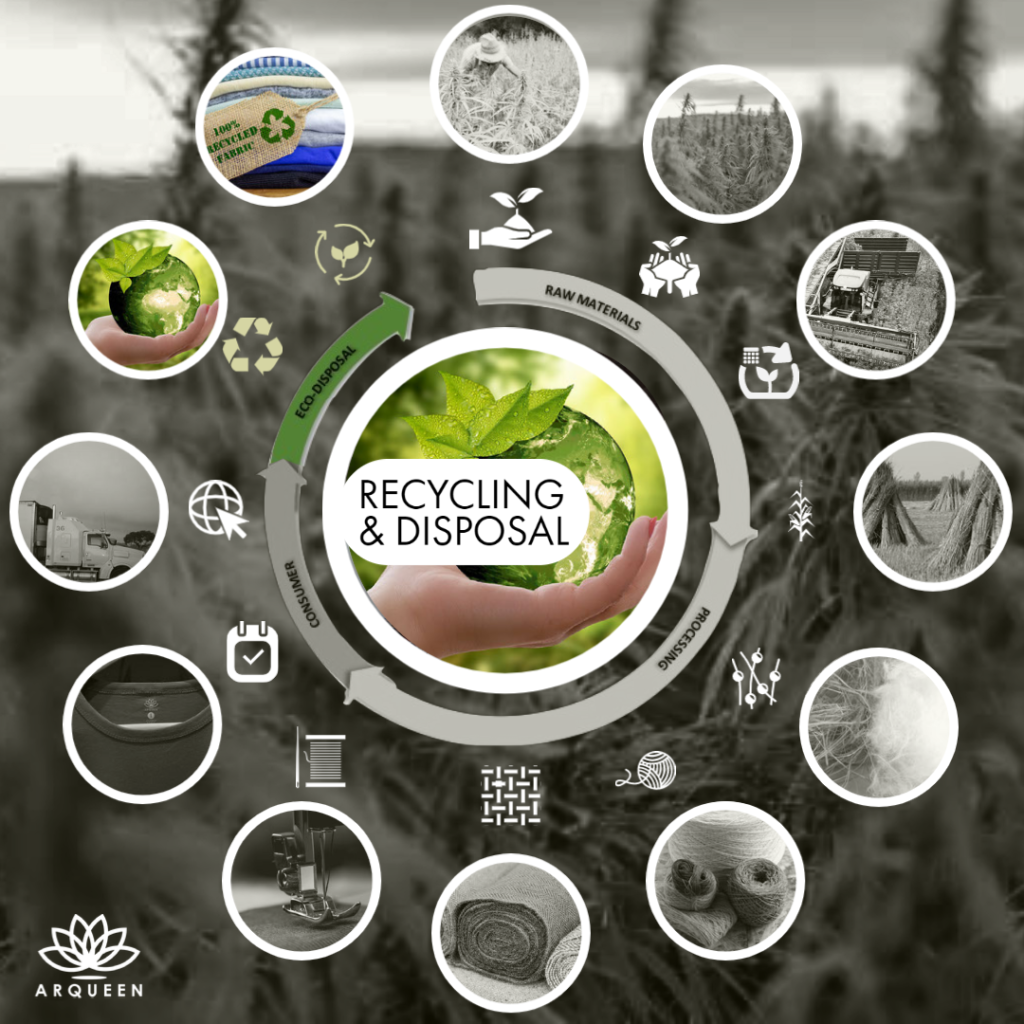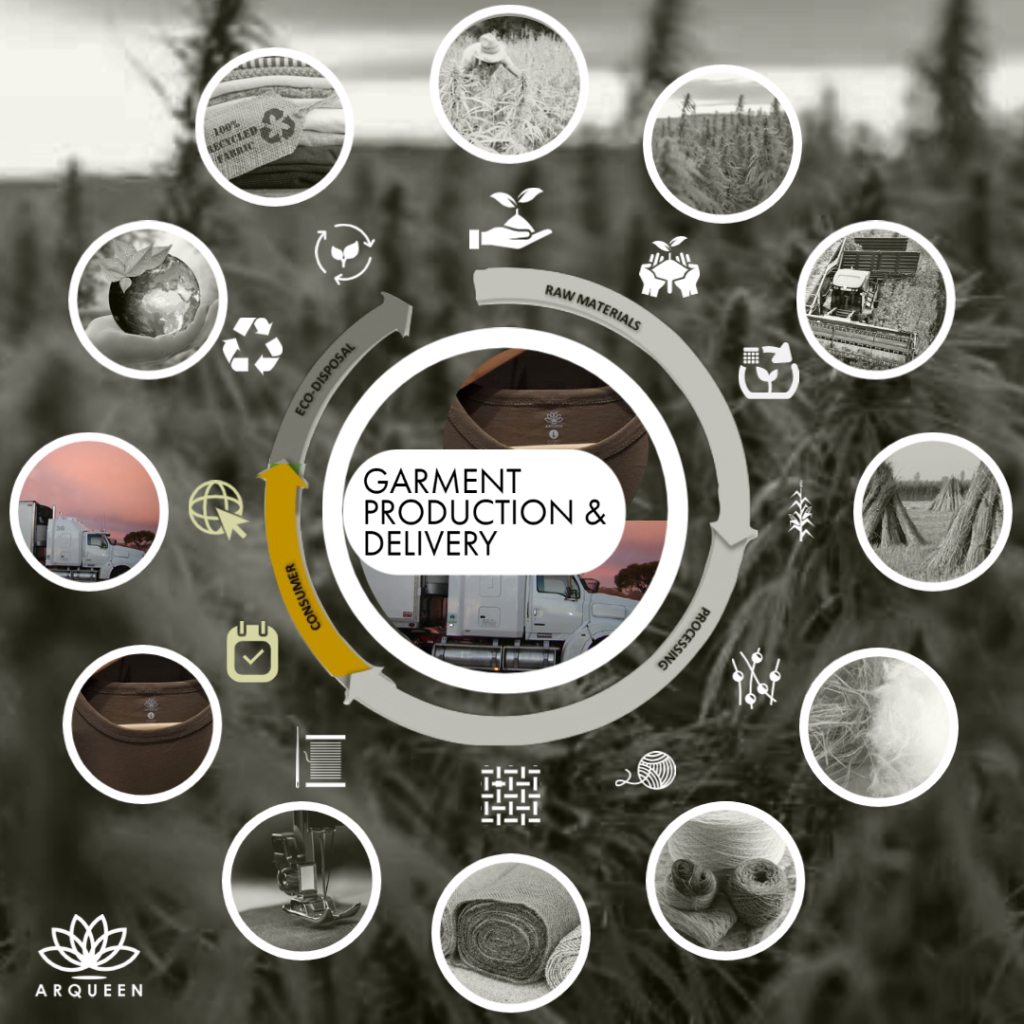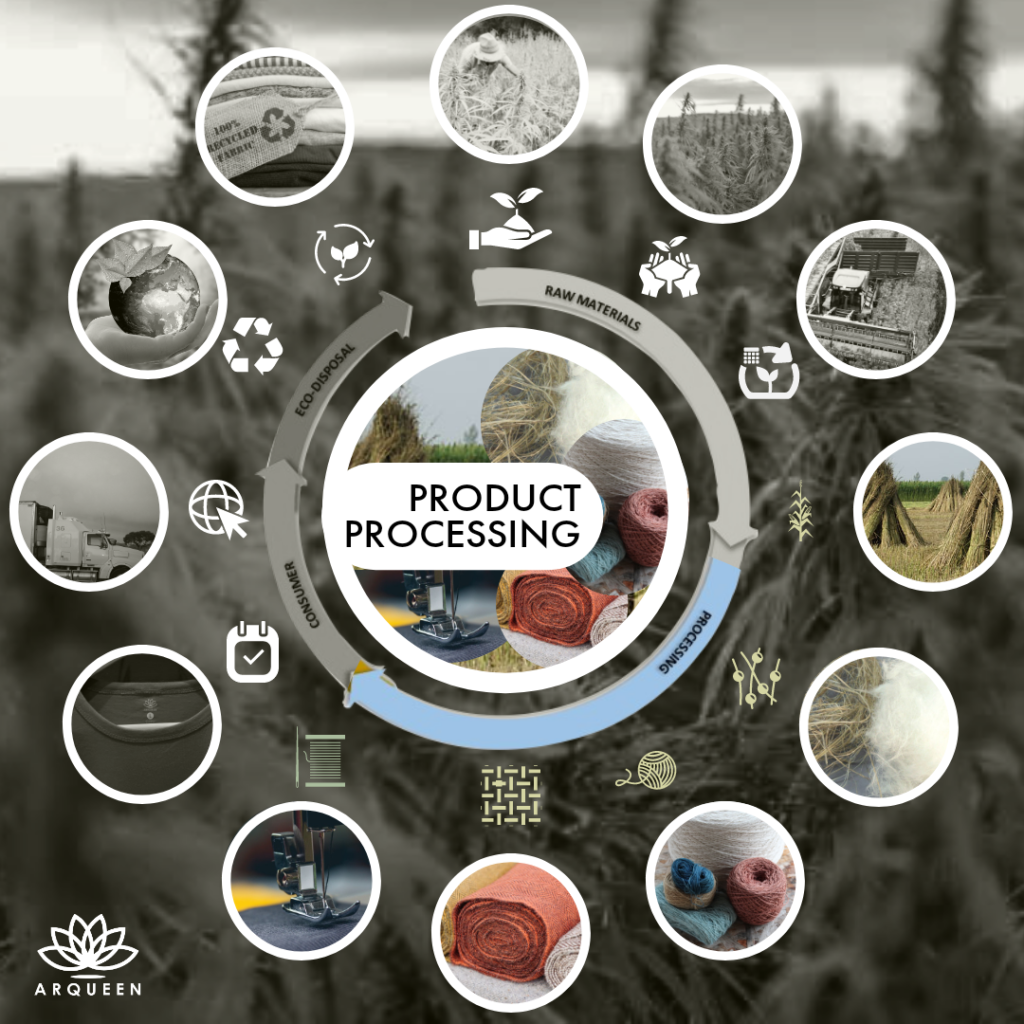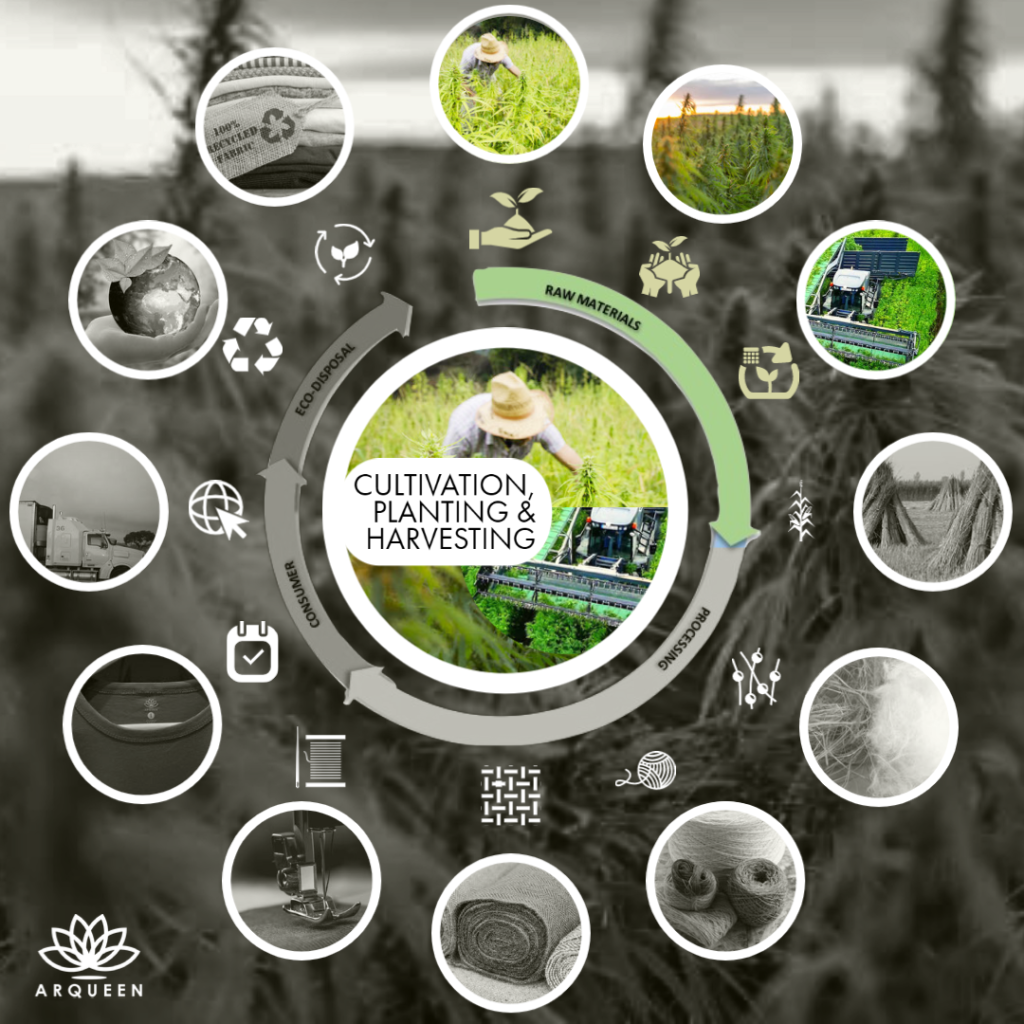What Is Textile Recycling?
Textile recycling is the process by which old clothing and other textiles are recovered for reuse or material recovery. The necessary steps in the textile recycling process involve the donation, collection, sorting and processing of textiles, and then subsequent transportation to end-users of used garments, rags or other recovered materials.
The growing textile recycling industry has evolved into a nearly $1 trillion industry globally, comprising clothing, as well as furniture and mattress material, linens, draperies, cleaning materials, leisure equipment, and many other items.
The Urgency to Recycle Textiles
The importance of recycling textiles is increasingly being recognized. An estimated 100 billion garments are produced annually, worldwide. The recycling rate for textiles derived from clothing and footwear was 13.0%, while the recovery for sheets and pillowcases was 15.8% for the same year. As such, textile recycling is a significant challenge to be addressed as we strive to move closer to a zero-landfill society.
Once in landfills, natural fibres can take a few weeks to a few years to decompose. Additionally, synthetic textiles are designed not to decompose. In the landfill, they may release toxic substances into groundwater and surrounding soil.
Textile recycling offers the following environmental benefits:
- Decreases landfill space requirements, bearing in mind that synthetic fiber products do not decompose and that natural fibers may release greenhouse gasses
- Avoided use of virgin fibers
- Reduced consumption of energy and water
- Pollution avoidance
- Less demand for dyes
The Recycling Process
For the basics of recycling, read my article, How Clothing Recycling Works. For textiles to be recycled, there are fundamental differences between natural and synthetic fibers. For natural textiles:
- The incoming unwearable material is sorted by type of material and color. Color sorting results in a fabric that does not need to be re-dyed. The color sorting means no re-dying is required, saving energy and avoiding pollutants.
- Textiles are then pulled into fibers or shredded, sometimes introducing other fibers into the yarn. Materials are shredded or pulled into fibers. Depending on the end use of the yarn, other fibers may be incorporated.
- The yarn is then cleaned and mixed through a carding process.
- Then the yarn is re-spun and ready for subsequent use in weaving or knitting.
- Some fibers are not spun into yards, however. Some are compressed for textile filling such as in mattresses.
In the case of polyester-based textiles, garments are shredded and then granulated for processing into polyester chips. These are subsequently melted and used to create new fibres for use in new polyester fabrics.






